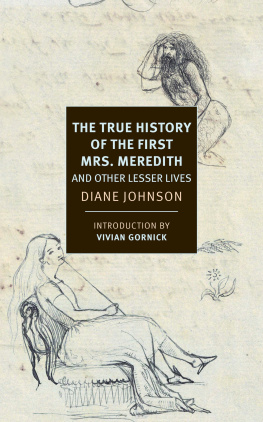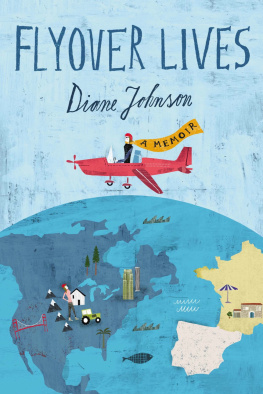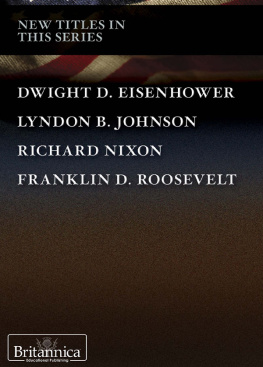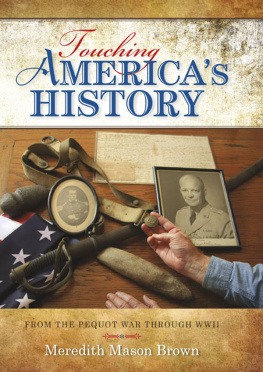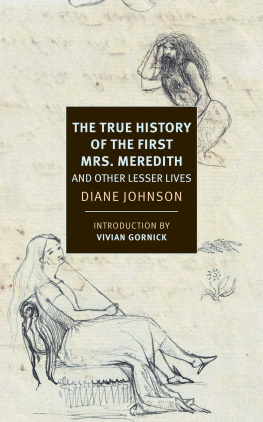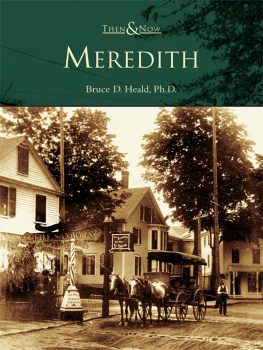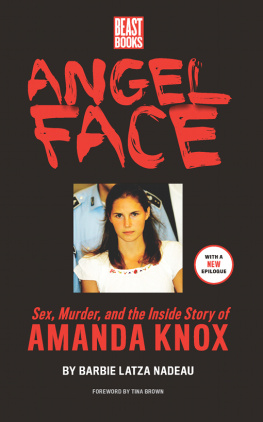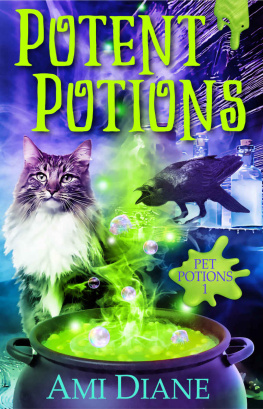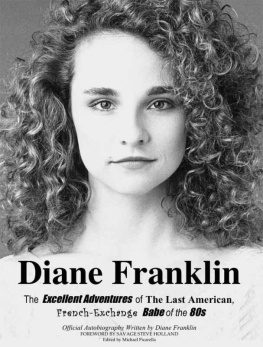Diane Johnson - The True History of the First Mrs. Meredith and Other Lesser Lives
Here you can read online Diane Johnson - The True History of the First Mrs. Meredith and Other Lesser Lives full text of the book (entire story) in english for free. Download pdf and epub, get meaning, cover and reviews about this ebook. year: 2020, publisher: New York Review Books, genre: Non-fiction. Description of the work, (preface) as well as reviews are available. Best literature library LitArk.com created for fans of good reading and offers a wide selection of genres:
Romance novel
Science fiction
Adventure
Detective
Science
History
Home and family
Prose
Art
Politics
Computer
Non-fiction
Religion
Business
Children
Humor
Choose a favorite category and find really read worthwhile books. Enjoy immersion in the world of imagination, feel the emotions of the characters or learn something new for yourself, make an fascinating discovery.
- Book:The True History of the First Mrs. Meredith and Other Lesser Lives
- Author:
- Publisher:New York Review Books
- Genre:
- Year:2020
- Rating:3 / 5
- Favourites:Add to favourites
- Your mark:
- 60
- 1
- 2
- 3
- 4
- 5
The True History of the First Mrs. Meredith and Other Lesser Lives: summary, description and annotation
We offer to read an annotation, description, summary or preface (depends on what the author of the book "The True History of the First Mrs. Meredith and Other Lesser Lives" wrote himself). If you haven't found the necessary information about the book — write in the comments, we will try to find it.
The True History of the First Mrs. Meredith and Other Lesser Lives — read online for free the complete book (whole text) full work
Below is the text of the book, divided by pages. System saving the place of the last page read, allows you to conveniently read the book "The True History of the First Mrs. Meredith and Other Lesser Lives" online for free, without having to search again every time where you left off. Put a bookmark, and you can go to the page where you finished reading at any time.
Font size:
Interval:
Bookmark:

DIANE JOHNSON is a novelist and critic. She is the author of Lulu in Marrakech and Le Divorce, among other novels, and of a memoir, Flyover Lives. She lives in Paris and San Francisco.
VIVIAN GORNICK is a Manhattan essayist, memoirist, and critic. She is the author of some twelve books written in all of these genres. Her newest book (fortuitously) is Unfinished Business: Notes of a Chronic Re-reader.
I FOUND Mary Ellen Merediths letters to her lover Henry Wallis hidden in a paint box under a bed at Vera and Cliff Whitings house in Purley, Surrey, in 1970 or so. The Whitings had only recently moved in; they had inherited the house intact with all its jumble in the box room. Go ahead and look in there, Vera said. I have no idea whats there, among all that junk. I really havent had time to look at it, we just piled it there to go through later.
In the box room were cartons and papers and rolls of things shed inherited from an aunt who had worked for Mary Ellen and Henrys son, Harold (who was called Felix). Vera had seen Felix in his old age, and she thought she might have a distant childhood memory of old Henry himself, who died in 1916. There was also a sideboard that had belonged to Henry, and the table and candlestick we see in his most famous painting, The Death of Chatterton, for which George Meredith had been the model. The Whitings had planned to clean out the box room but hadnt done it yet. Luckily.
Since 1968, on brief visits to England, I had been looking for traces of Mary Ellen Peacock Nicolls Meredith, resenting on her behalf the way she was always dismissed in biographies of George Meredith: the unhappy wife who left him and, of course, died, as if death were the deserved fate for Victorian wives who broke the rules. Now I had tracked her down, via wills and deeds in Somerset House, to the Whitings, who now had Harolds house in the suburb of Purley, and its contents.
When I shook the paint box and heard a muted thump I had an excited sense of certitude, of something within that would reveal her at last. The packet consisted of tiny envelopes tied with red string, a half dozen letters from Mary Ellen to Henry, which hed saved all his life. Frantically I copied them out. Im not sure where the originals are now. Were they sold? Thrown out? Does her grandniece Sally have them? Such is the fate of letters, which surface, sink, are all too often the fuel of a bonfire. These letters, so small, in a tiny hand, would only be a moments flame.
Vera Whiting was a beautiful woman in her seventies when I met her. In her youth she had sat for Augustus John and other artists; this was her only connection to the art world. Cliff, her second husband, an RAF pilot, had been wounded in World War II and, when I knew them, was cheerfully retired, in his comfortable chair, pensively smoking tiny cigarettes he rolled himself. Their life was a quiet one, in the little house in Purley where I found the letters. Vera would often invite my children to tea and give them excellent cookies, so their affectionate memories match mine.
What luck for me that Vera and Cliff hadnt consigned all the papers to the removal man, for as an inheritance it didnt look promising: a lot of old papers and a few folders of watercolors, property deeds, letters to museum directors. (Wallis in his later years was a collector of ceramics and had donated valuable pots and tiles to the British Museum and the Victoria and Albert.) And it was good luck that Wallis was himself an artist, had a painters eye, and had painters as friends. Under the bed were drawings by Rossetti, Beardsley, Burne-Jones; a Meredith manuscript page with the little doodles reproduced on the cover of this book; a few dozen small watercolors, charcoals, and oils by Wallis himself; Mary Ellens lapis lazuli drop earrings (Vera gave these to me) and her pink parasol.
I was able to suggest that the Whitings sell their valuable paintings and drawings. They were naturally delighted at the unexpected windfall, more than 50,000 pounds at the time, the equivalent of 750,000 pounds today, from sales at both Sothebys and Christies. They also donated a number of pieces to the Tate Britain, which owns The Death of Chatterton, and to other public collections, an entirely happy denouement. For me, it was an experience of friendship, for the Whitings and I remained close until their deaths in the 1980s. I cannot remember their reaction to this work when it was first published in 1972, but it must have been approval, as they loaned me the beautiful drawing of Mary Ellen and the other things to reproduce in the original edition of this book.
D IANE J OHNSON
2020
Walliss life and works are described in the impressive book Henry Wallis: From Pre-Raphaelite Painter to Collector/Connoisseur, by Ronald Lessens and Dennis T. Lanigan. Lessens and Lanigan establish the breadth of the accomplishments of this unfairly forgotten Victorian painter.
O NE OF the great feminist novels of the nineteenth century is George Merediths Diana of the Crossways. Published in 1885 when Meredith was fifty-seven years old, it features a protagonist drawn from his evergreen memories of Mary Ellen Nicolls, the bold, beautiful, intellectually gifted woman whod been his first wife. I mention Merediths age because while his marriage to Mary Ellen had ended a good twenty-five years earlier, he had never ceased to brood over herher presence is invoked in novel after novelbut it was only now in his late fifties, and with this novel, that he felt impelled to do literary justice to a woman born long before the time in which she might have fulfilled her youthful promise without penalty or punishment.
Virginia Woolf thought George Meredith the most grown-up of Victorian novelists. He not only knew what love could do to a man and a woman equally matched in brains, will, and spiritwhat they might actually say and do to themselves and to each otherhe put what he knew on the page. Many writers of his time understood what Meredith understood, just not as incisively. It was very simple, really: love, when it threatens to compromise a protagonists inner integrity, becomes the enemy. In Diana of the Crossways he created just such a situation, only this time the protagonist was a woman. It is Diana in whom the need to own ones soul becomes more of an imperative than the need to love or be loved. This was a piece of intelligence Meredith possessed to as great if not greater a degree than D.H. Lawrence or Henry James or Edith Whartonand it was through his life with Mary Ellen that he had come by it.
She was born in London in 1821. Her father was the poet and novelist Thomas Love Peacock, her mother the daughter of a provincial Welsh clergyman. Peacocks was the generation of the great English RomanticsShelley, Keats, Byronand while Peacock himself was a writer of considerably lesser talent, he shared with these literary greats a view of life devoted to adventures of the mind and spirit, a politics that was democratic, and an open-heartedness that included a progressive take on the place of women in society. Mary Ellen, the oldest and the favorite of Peacocks four children, was raised to believe that as the smart, educated, high-spirited person she was, she had every right to expect a more exciting life than the one usually reserved for the typical Victorian woman of her class; the one who, as Diane Johnson instructs us, was innocent, unlearned, motherly, and... notoriously dull company both at the dinner table and in bed.
Yet, when she matured there was really nothing for Mary Ellen to do except become a governess or get married. So of course she got married: in 1844, to Edward Nicolls, the wild, sexy son of a general in the Royal Marines. Eddy brought out the wild and sexy in Mary Ellen and for two glorious months they lived on passion; then Eddy drowned trying to save another man from drowning and that, as Johnson briskly puts it, was the end of him. Mary Ellen came home to her father, a twenty-three-year-old pregnant widow. Now she was
Font size:
Interval:
Bookmark:
Similar books «The True History of the First Mrs. Meredith and Other Lesser Lives»
Look at similar books to The True History of the First Mrs. Meredith and Other Lesser Lives. We have selected literature similar in name and meaning in the hope of providing readers with more options to find new, interesting, not yet read works.
Discussion, reviews of the book The True History of the First Mrs. Meredith and Other Lesser Lives and just readers' own opinions. Leave your comments, write what you think about the work, its meaning or the main characters. Specify what exactly you liked and what you didn't like, and why you think so.

